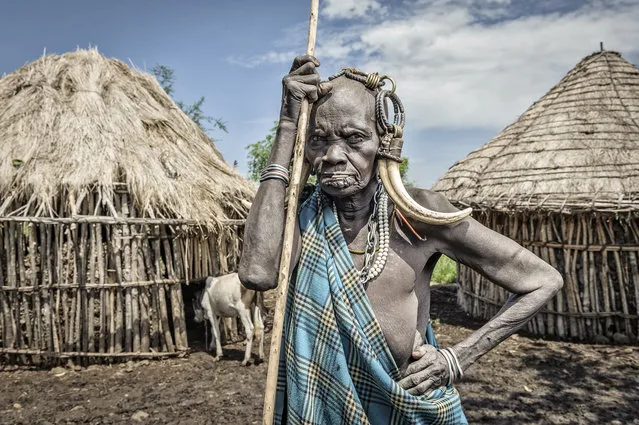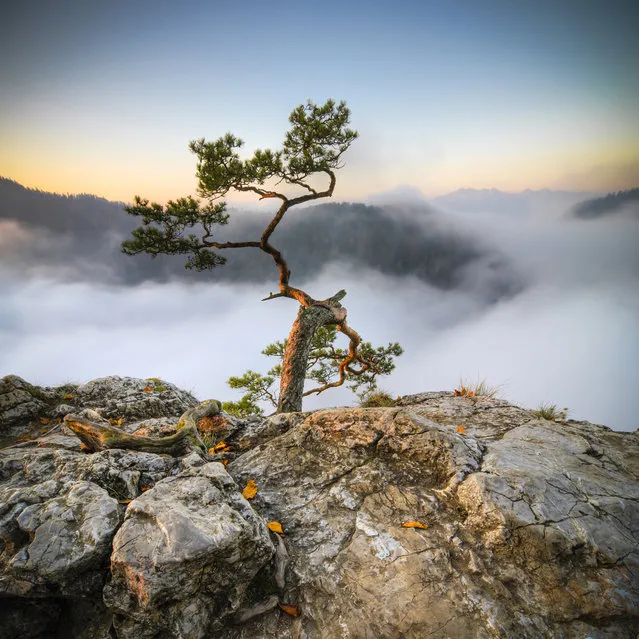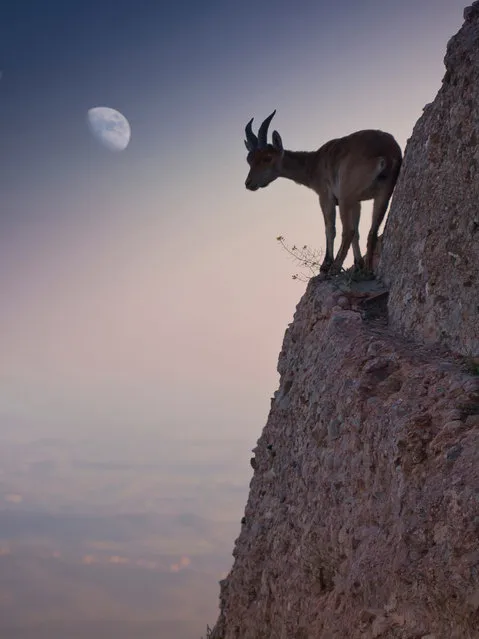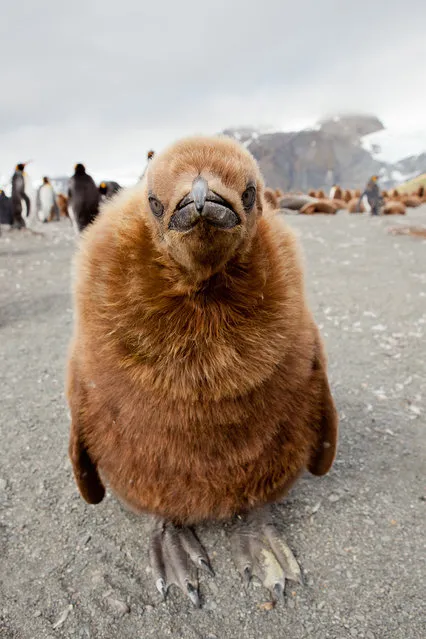
Senior hurricane forecaster Dr. Jack Beven studies computer models as he tracks Tropical Storm Arlene at the National Hurricane Center on June 29, 2011 in Miami, Florida. Arlene is the first named storm of the 2011 Atlantic hurricane season and is moving at 8 mph, packing sustained winds of 50 mph as it heads towards the east-central coast of Mexico. (Photo by Joe Raedle/Getty Images)
30 Jun 2011 09:53:00,post received
0 comments







